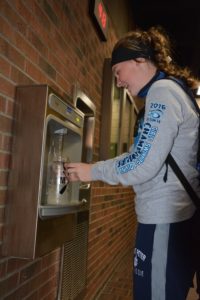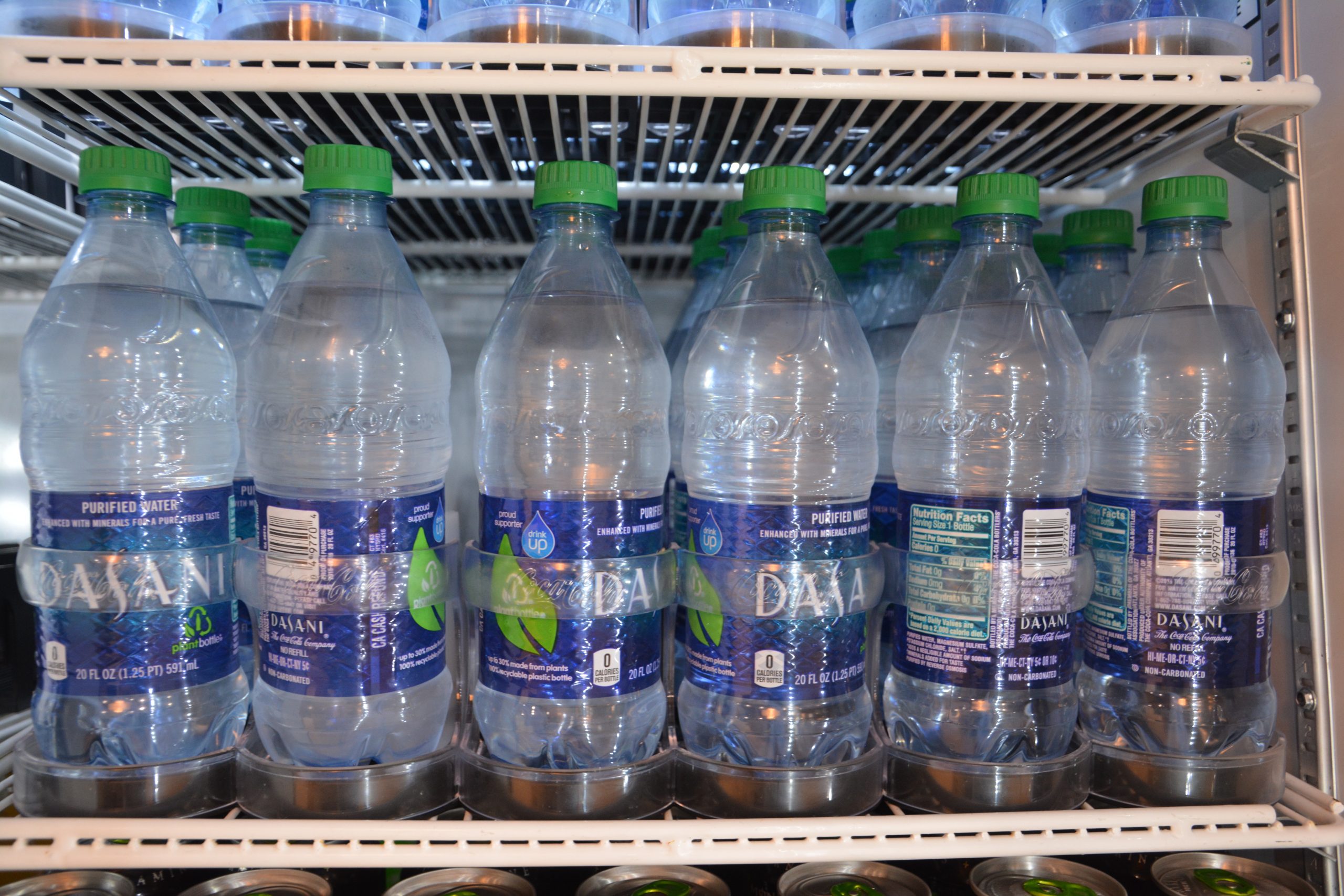It’s been a long day of moving in. You’re tired from lugging boxes up and down the stairs of Co-Ed and all you want is an ice-cold bottle of Dasani. However, lurking in that bottle is an intruder, microplastic. Microplastics are particles of plastic smaller than the eye can see and thinner than a strand of hair.
A study done by the State University of New York in tandem with Orb Media, a non-profit journalistic organization, found that over 90 percent of water bottles tested contained microplastics.
They tested popular brands like Dasani, Aquafina, Evian, and San Pellegrino. Some had zero plastic particles while others had as many as 10,000.
The study has sparked debate within the scientific community as microplastics have not been proven to have any negative effects on the human body, yet this shocking study reveals just how widespread plastic is in our daily lives.
Other scientists are quick to point out that this study has not gone through the peer review process, so it does not have a scientific consensus. The Food and Drug Administration does not even have any regulations on microplastics in products as there has not been research done on the side effects of such particles.However, the FDA already has very relaxed rules regarding the regulation of water bottle production and distribution, so this is not much of a shock.
Surprisingly, the FDA does not monitor tap water, rather, the EPA regulates public and “municipal” water sources. The EPA has stricter regulations on water purity and demands that local water suppliers distribute a water quality report each year, but the FDA has no similar policy for bottled water.
Even if water bottles do get tested for water quality, the companies in charge of production do not have to share this information with consumers, which is a big red flag as these companies may already know that their products are contaminated.
This knowledge has led several colleges around the U.S. to ban the sale of plastic water bottles on their campuses. Gustavus is not among them. The state of Minnesota has three colleges that have instituted this ban, Bemidji State University, Macalester College, and The College of Saint Benedict.
Both Saint Benedict and Macalaster started the ban in 2011, while Bemidji State only began its ban in 2015.
The College of Saint Benedict cited environmental reasons for the ban and introduced new water bottle filling stations around campus, similar to what Gustavus has.
The ban aimed to cut down on the creation of plastic waste and reduce the negative environmental impact of the college.
Macalester College focused on education and fostering environmental awareness among students in order to create a widespread movement.
Bemidji State recognized the environmental impact and its Student Senate added that, “access to free water rather than commercial water” was a human right and should be given with no strings attached.
These colleges have seen success in reducing plastic waste, which begs the question: Why has Gustavus not followed suit?

Gustavus already has several of the resources needed to make the change. The water quality of Saint Peter is exceptional due to the advanced filtration systems of the town’s water facility.
There are dozens of water bottle refill stations around campus and although Gustavus has recycling bins found in nearly every building, very little of those recyclable materials end up actually being recycled.
According to Coca-Cola, the beverage supplier for Gustavus, only seven percent of the plastic they use in their bottles is recycled nationwide. So even when you put your empty drink in one of those special blue bins, it might not even make it to a recycling facility.
There have been efforts in the past where students have advocated for a ban, but they were unsuccessful. The colleges of Minnesota without water bottle sales began with student organizations demanding change.
This article is not meant in any way to suggest that the college is not environmentally sustainable. Several buildings around campus have solar panels, the Caf regularly composts, and two academic buildings have Leadership in Energy and Environmental Design certification.
However, why would we not use a system that has been proven to work and would be easier to carry out given the resources already available on campus?
Gustavus wants its students to tackle the greatest challenges of our time, and that starts here, by cutting down on our consumption of plastic and living healthier lives.
